|
INTRODUCTION Welcome to this third and final blog, all about procrastination, which seems at first, a simple thing, but when looking deeper it presents insights into the very purpose of why we bother to do anything. The three parts of this series are: Part 1: Understanding Procrastination invited us to recognise, investigate and understand procrastination in a new way Part 2: Just do it now looks at how we can see it at a deeper level and how we can head it off, quickly. Part 3: Turn the ship around (this blog) looks at addressing the source of our procrastination - habitual fear that we don’t know where we are going. This is formed by our associations and values, for which we need safe harbour to analyse and work on. This will involve training, time, awareness and forgiveness. It may seem to ‘take too long’ or ‘not worth it’ but my experience is that it is! And you may as well try and do what you really, really want anyway! WHAT DO YOU WANT? How we find out? One way is to deeply embrace ourselves; repairing consciously, to make ourselves shipshape and resilient in the long term, against procrastinating, and then choosing a course that is both more adventurous, interesting and simultaneously easier, because it feels right. To do this I propose burning new principles into our everyday habits so that they slowly integrate into our lives. Eventually everything we do will reflect the quality and direction that we have consciously chosen. “How you do the little things is how you do everything.” Justin Hughes  PREPARING FOR ADVENTURE (FROM A SAFE HARBOUR) Much like a ship, getting ready to sail on turbulent waters, we can prepare whilst in calm waters. If you don’t know what calm waters looks like then try getting away from your immediate environment and find somewhere hidden from the bombardment of daily life - get some real perspective! The myth of Orestes finding his cave is a good metaphor. There we can focus on:
1. CHARTING YOUR COURSEWant to have fun and be true to yourself? Want to get to the treasure of life and enjoy the adventure throughout? Well I think Ghandi left us a treasure map with clues: "Your beliefs become your thoughts,  TREASURE MAP In preparing, we can simply follow this treasure map in reverse order,starting with: Values- ‘The regard that something is held to deserve; the importance, worth, or usefulness of something. Principles or standards of behaviour; one's judgement of what is important in life.’ So our first step is to decide what you are for. DREAM Dreaming vividly, whilst feeling can be like a compass towards real experiencing. We have the magical power of imagination and we have the power to create beliefs, visions and desires that feel like reality. You can call this delusion or you can call it dreaming, this is just a choice of perception. If you don’t know what you want then allow yourself to dream and work backwards from there. If you want to go to space, what could be the easier dreams, the steps on the way to the cosmic dream? Allow playful imagination - get comfy and dream as if you were 10 years old! WRITE Start by writing it down. This brings it one step closer to reality and we can begin the process of discovering of reading it back, tweaking it, making it believable, more plausible and open to scrutiny. Eventually, with repeating this process we might discover or even create the reasons why we are here. If you’re interested in doing this now, you could start by answering 5 easy question - 2 minutes on each question - then once you are done Blu Tack it on the wall. Answer these ambitiously, but within the realms of possibility - you’ll just have to gauge that for yourself. The 5 questions: What do you want to…
"You gotta be before you can do, and you've gotta do before you can have." - Zig ZigIar MISSION This begins to shape up a Vision, Mission, Reasons and Legacy for you. You can tweak and adjust them, but at least you’ve begun to make sure you are going in a good direction. You know what you want and why you want it. You can elaborate on this every few months - make tiny course corrections. Then you can really start to think more clearly about the specific 'how', this forms the plan of action. I like to read back my mission and values every day. This burns it into my memory and allows me to ask myself “is this in line with my vision” whenever I spend time on work. I have my own mission, vision and reasons, which I laid out in my online manifesto. My personal ones are kept in my private files, some of which are part of the links at the bottom of the blog. 2. TRAIN THE CREW WITH HEALTHY HABITS AND CHECKLISTS
“Excellence is not a singular act, but a habit. You are what you repeatedly do.” - Aristotle. If you want to set in any healthy habit, I suggest:
Once the habits are set in they will serve you for a very long time. Make sure you tweak them occasionally - review them to make changes once every year. We also want to build your values into your habits. We can do this using affirmations and in the wording of the habits.
3. CHECK THE MANIFEST OF TOOLS AND RESOURCES: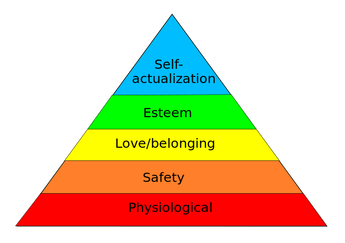 Maslow's hierarchy of needs Maslow's hierarchy of needs In order for our journeys to go well we must make sure we have provisions and tools. Tools help us fix things when they go ‘wrong’ and provisions are there to keep us going. They are our fuel. Your main resource is your presence and your passion, and those things emerge effortlessly from your habits and from the meaning you assign to this work (steps 1 and 2). BASIC NEEDS Your other essential resources are the basic physiological needs on Maslow's hierarchy of needs: air, food and fluids. For this reason make sure you have healthy foods and begin your work day by drinking plenty of water. Perhaps you can work these into your checklists, habits routines? (I use a tiny bowl of fruit/nuts to keep me going every day). Also take a breath before you start (part of the FLIT, described in Part 2). The importance of breath in bringing in the second need; a sense of safety, cannot be overstated. The breath tells the body ‘I’m safe’ if used well. If used unconsciously it often emits the opposite signal to the body. Control the breath for a moment and calm the mind. TOOLS This is one of the tools I pack on my voyage. Tools are important for when you get into trouble, but they therefore require practicing using them ahead of the time you need them. An effective tool in the hands of a practiced user cuts through the stress and recalibrates the machine. The most powerful machine in our work is our mind-body. The most common faults of the mind-body are stress from compulsive negative thinking - thoughts that get lost in fear-based fantasy. Here are three tools I use to combat this common problem:
If you are interested to learn any of these tools or want me to help you create your own please contact me. With these tools and resources we are establishing a sense of safety, working our way up the hierarchy of needs. When we have met more of these there is less resistance to starting our work and working well. The next need tops off the safety level and creates love and belonging, where you really start to enjoy your work. 4. ESTABLISH YOUR TRUSTED SUPPORT NETWORK 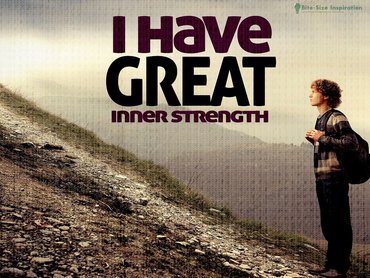 Example of a simple affirmation Example of a simple affirmation Establishing who you can trust when in troubled waters or during a mutiny is essential because if we allow ourselves to vulnerably share in our process and set up friendships where we can be seen, for whom we really are, this whole thing becomes a lot easier and lot more beautiful. Human connection is really what it is all about, after all. We are all in this together and if you can include others in your work, in a sharing, giving and loving way (not a demanding way) then you may find the saboteur of procrastination (which is trained and fueled by fear) may be eased and perhaps even dissolved by love. You may even begin to LOVE THE WORK! CHOSEN ROLES Part of this is thinking about the roles you have in life. I know I have 10 key roles, ranging from a mindfulness practitioner to a son and brother. I consciously think about and write down what kind of person I want to be in those roles, eg. ‘A caring mindfulness practitioner’, ‘a loving son’ and ‘a playful brother’. This seems simple, but it gets you to think about how you want to be in each role in your life. You can elaborate later, but start small - have a think now about your roles and write them down. YOUR FRONT ROW FRIENDS You will also have lots of friends, but amongst those friends we all have a front row - the few friends that you would trust your heart to and the ones you feel close to. It can be useful to remind yourself which ones these are. Write them down now. ESTEEM: BE YOUR OWN BEST FRIEND, FAN AND COACH The penultimate need is SELF esteem. With the list of roles and your front row friends you can internalise some of the things your friends are telling you, to encourage you. These are some methods I use:
CONCLUSIONS Coming back to Ghandi’s treasure map - we follow the line that values and habits leads us to and we start to realize that our subconscious and conscious mind now take care of things for us - we can relax and live through our actions, words and thoughts, safer in the knowledge that we have done all we can and we are on the right course. This all comes down to trust and confidence. Mindfulness can keep us noticing what we are doing that we don’t stray too far off course and once mindfulness becomes a habit that is as easy as brushing your teeth, then self expression flows into your work. Imagine the present self can thanking the past self for getting all this sorted. Right now, in fact, could you envision your future self-thanking yourself (as the past self) for preparing even ONE of these steps? Do it, now. Let me know how it goes and what you thought of this post. Feedback helps me. Bon Voyage! Archilochus - "we do not raise to the level of our hopes, we fall to the level of our training". 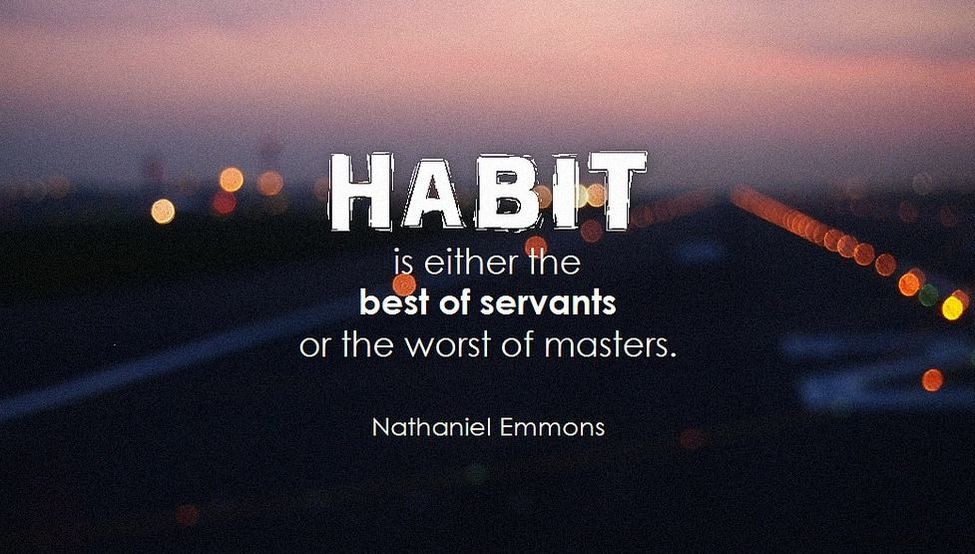 Finally some links I promised you: http://productivitygame.com/routines-morning/: A resource of inspiring blogs and self-help/productivity book reviews (with brilliant short videos). I use this often. The pomodoro technique: is similar to FLIT and allows to to measure your day differently. www.mariposacoaching.co.uk/workshops: Bristol locals can talk to Sarah if they are having trouble managing time and making better task lists. She runs courses and coaches individuals. http://sarahprout.com/start-here : If you want to set your intentions (be,do,have, feel) Sarah has created an amazing worksheet to work through. Takes a couple of hours (if you go quickly). The Miracle Morning book suggests 6 areas of focus for you morning routine, he calls Life S.A.V.E.R.S.(Silence, Affirmations, Visualization, Exercise, Reading, Scribing (journaling) https://www.neilstrauss.com/neil/healing-trauma/ if you feel severely traumatised and want to develop understanding see what you think of Neil Strauss’ look at trauma. My resources: A sneaky link that gives away all of my secrets. Don't tell anyone.
0 Comments
In one of m.y classes I run an exercise in mindfulness I call 'GRAPE-FULNESS' and 'ORANG-INS' of things: Appreciation, through seeing, tasting and appreciating the origins and effort that is embodied in something as simple as a grape or an orange. We take time to appreciate where something came from, how many hours and work and people went into delivering it to my mouth. Then we savour the thing - taste it, explore its textures and notice how we feel before-during-and after the experience. This can create natural, un-forced gratitude - a lovely state of mind to be in. I love how when we delve into the origins of things we discover new things we never saw before. The same is true for words. I love the etymology of language. Our language of words is our main way to communicate and there are two quotes that remind me why it’s so important to appreciater and be conscious of the words I use, and how I think about them
These point towards how valuable it is to examine our language and our self-talk. The voices in your head and the words you say to others. This morning I had another revelation - and I’m excited. I teach mindfulness and dance. There are four types of connection in dance, as well as dance as a metaphor for life: CONNECTIONS
I first was turned onto these ideas by Justin Riley - a dance teacher from the USA who teaches that dance is a form of connection - which is what we are all seeking - but if done consciously, in this order, can ensure our dances feel great! LANGUAGE When I look at some of these words I love the hidden meanings I glean and how they relate to meditation, to the simple things we need and do and then the whole of life. Here I've explored the latin root of some of the key elements of good connections:
As Brene Brown says: Your power is actually in your vulnerability. Let yourself be seen as the imperfect being you are and you can discover a new level of appreciation, even for things that seem unpleasant. CHOICE Whatever you choose to Connect (bind with) to; whatever words you use - if you do so with conscience, contact, confidence, contribution and adventure you will probably find the dance of life flows well and is fun. You always have a choice to speak the words you 'want' and to notice how you are interpreting something you see and hear - and decide if you want to focus on and maintain that thought, or if you want to explore other ideas, perhaps ones that bring less stress, more gratitude, appreciation and connection to the things you love. Therefore mindfulness of language is not only important as I mentioned in this blog, but also fun and can help reveal different ways of looking at anything! Enjoy! x Mindful communication is something I'm passionate about. It's much more than language - but that's a part of it. Interested. Come along to the workshop!
Life is a play, a game, of sorts. In this blog we look at a concept called the Drama Triangle - a game which we all play - and I see this as kind of like 'Level 1' of the game of life. Here I'll explain that and also my ideas on changing the game to Level 2, with Playfulness and Presence! This short video explains it well, and looks at the level 2 game, Presence: Explained: The drama triangle is a social model of human interaction – the triangle maps a type of destructive interaction that can occur between people in conflict. It was first created by Stephen Karpman, M.D., a student studying under Eric Berne, M.D., the father of transactional analysis. It was later revised with the addition of ‘The Winner's Triangle’ by Acey Choy in 1990 and then by David Emerald (2009).in his book ‘The Power of TED (The Empowerment Dynamic). Basically it’s the idea that when we are acting out in life - when we are in drama - we all choose roles, and we switch roles rapidly. These 'scripts' are encouraged in modern society, which is based on 'justice'. These are the roles of:
We can imagine it a bit like in a courtroom - where the drama is played out and everyone has the intention of claiming they are the hardest done (right) by and that others are wrong. Hence it is a victim-blame-game. Ultimately we all claim to be the victim. So I’ve been using Choy and Emerald's models, but with my own twist, to help people raise awareness of these roles and then figure out ways to move away from the Drama triangle, without completely disengaging with people or problems. I call it the 'Presence Triangle' - a game of connection! That name was inspired by the fantastic video at the top. My diagram below shows how it works: Moving to Level 2 In the same way that you can’t fight emotions with thinking, you can’t fight drama with diagnosis, defence, or distrust - it all starts with stopping the reactivity and doing one (or more) of these things:
These shift you away from the negative thoughts and into the body. Into Presence. We can then move towards these roles, in which we all take personal responsibility for the choice:
But all of that will be for nothing if the intention behind it is resentment, trying to change, educate, fix or disprove - then there is no natural compassion and we will slip back into Drama. My belief about the intentions required to ‘really’ connect fit nicely into the acronym: LET GO & BE, which is also what we are doing! We are letting go of the results and allowing people to be, exactly as they are, including ourself. We can practice these intentions to cultivate natural connection. I know this ‘allowing’ seems counter-productive at first, but as Nathaniel Branden said: “The first step toward change is awareness. The second step is acceptance.” Are you able to LET GO & BE?
You may notice I also put 'parent 1 and 2'. That's because this is a lot like being in a parental role, where one is often rescuing and the other putting the child down. When we think of healthy ways to raise children and make human connections we want to have the intentions of: Love – love, in my opinion is both a feeling and a verb. Love is ‘acceptance’ and a ‘willingness to experience’ - to act in accordance with internal motivation, but not based in fear. Can you love your enemies and yourself? Empathy – The ability to understand and share the feelings of another. Empathy comes from understanding that we are all interconnected beings and that what I do to you I eventually do to myself. Therefore empathy is feeling for and with someone else. Trust – Confidence that people are whole, growing beings, not needing fixing - a belief that we are all unique creators.This breeds confidence and empowerment. I also trust that everything is working out as it should. It's okay, I'm okay, you're okay. Gratitude – Instead of wanting and needing that which I don't have, I remain thankful for everything I have been given and received. This feels amazing and enables me to act positively; understanding that honesty in relationships is a gift that helps you to grow. Ownership – I understand that only I am responsible for my thoughts, feelings and actions. I understand this may have an influence on the world and so with great power comes great responsibility. I own my own power and use it wisely not seeking to blame others, be a victim, or rescue others unnecessarily. Boundaries – Your ‘yes’ and ‘no’s. What you decide you want or don’t want for yourself, or to be a part of. Without boundaries we burn out in empathy or violate one another. I understand my physical boundaries and set my own emotional boundaries. I take time to feel into what is a yes and a no for me and communicate them clearly and honestly. Expression - The last part is to express yourself, honestly and sensitively, without attachment to the outcome, but with care and consideration of feelings and needs - both yours and the other persons, yet also expressing honestly. This is not possible without practice and first taking the time to 'feel into it'. Summary That’s a lot of information, which is why it is much easier, after finishing this Blog (well done for getting this far) to just remember to LET GO & BE - if you find yourself sucked into the Drama triangle, try having a jiggle, taking a breath, gently asking a question and then listening! I think you’ll find a lot more connection and end up playing a different game - where everyone wins! Because there is another option, beyond right and wrong. It's called being (human). Today I has a one to one client and I also utilised the space at Breathe Bristol for the first time to give a free meditation session (the first of a regular Tuesday afternoon event). One of the items we discussed included ‘choices’ and I was reminded of this quote in Susan Jeffers’ book ‘Feel the Fear and Do it Anyway’ (highly recommended): 'You will never make a bad choice. Notice that what lies ahead are simply two paths - A and B - both of which are interesting and have their own set of experiences, trade-offs, pro’s and cons. Each path will have unique "goodies" of experience along the way, regardless of the outcome of the decision I make.' This to me makes decision making so much less stressful and can change one's perspective completely. This is as simple as mindfulness gets - everything, when viewed objectively, is experience; learning opportunities. This also came up with my one to one client and we talked a bit more about language, which again is a result of reading the book. Susan calls is ‘Pain to Power Language’ and I think that just the simple awareness of the language one uses and awareness of possible alternatives can have a startling effect on one’s awareness of choice. Pain -> -> -> -> -> -> -> -> -> -> -> -> -> Power I can't -------------------------------- I won't I should ------------------------------- I could It's not my fault ---------------------- I'm totally responsible It's a problem ------------------------- It's an opportunity Life's a struggle ---------------------- Life's an adventure I'm never satisfied -------------------- I want to learn and grow I hope --------------------------------- I know If only -------------------------------- Next time What will I do? ------------------------ I know I can handle it It's terrible -------------------------- It's a learning experience It is important to not ‘trick yourself’ by saying without understanding or feeling. The first step towards REAL change is awareness, the second is acceptance and that’s a whole other topic. If you want to learn more about that, get in touch or come along to the Level 1 and Level 2 workshops in November, where these subjects get covered at an introductory and then a more in-depth level. This wasn't the only thing that got me thinking about choice today... FREE GUIDED MEDITATION - MUSINGS ON 'FEELING OF OBLIGATION' ...I gave my first of a regular free guided meditation and self-enquiry session. I’m doing this because it allows anyone to access the work or to come along and try out my particular way of teaching and guiding. I want to create a world where we can support each other into kind awareness, which doesn't always have an ‘obligation of reciprocation’ of money. Why do I use this strange term, ‘obligation of reciprocation’? Well, I’m reading a book by Robert Caldini, called Influence, which is all about the psychology of persuasion. The book’s first chapters indicate that the human brain has created many ‘automatic’ responses, otherwise life would be overly complex. These responses include the feeling of obligation when one is given ‘a gift’. That obligation usually encourages the receiver to give something back. This is often manipulated by salesmen or canvassers, such as the Krishnas did in the 60’s when they presented people with a rose or a book. Even though the gift was often unwanted the receiver usually then felt obliged to give something back (a donation). I’m reading more about influence as I go because I am seeking ways to inspire people into kind awareness, rather than passing out advice, judgement, or moralising. I encourage and inspire people to find their own path. I therefore teach effective communication techniques, including ‘positive means of influence’ in my Level 2 and 3 courses. So, even though this is a completely free session it is interesting to be mindful of the feeling of obligation that may naturally occur - that feeling isn't always negative as it can create a virtuous, energy-giving cycle, but it is always helpful to be aware of choice vs obligation otherwise obligation becomes an unconscious weight to carry. As it turned out some people cancelled and it ended up being a one-to-one session, which we both really enjoyed. We spent the first 20 minutes meditating and the feedback I got was that just this was a huge benefit, because it allowed the person to unwind and to clear her mind. The practice of meditation is something pivotal to helping us relax, connect with our inner wisdom of felt sensation and to become more self-aware. This is covered in depth in all levels of the courses.
http://www.positively-mindful.com/adult-group-courses.html |
AuthorsNeil Morbey is a meditation teacher, group facilitator and inspiration guide for Positively-Mindful.com Blog Index
Archives
April 2024
|
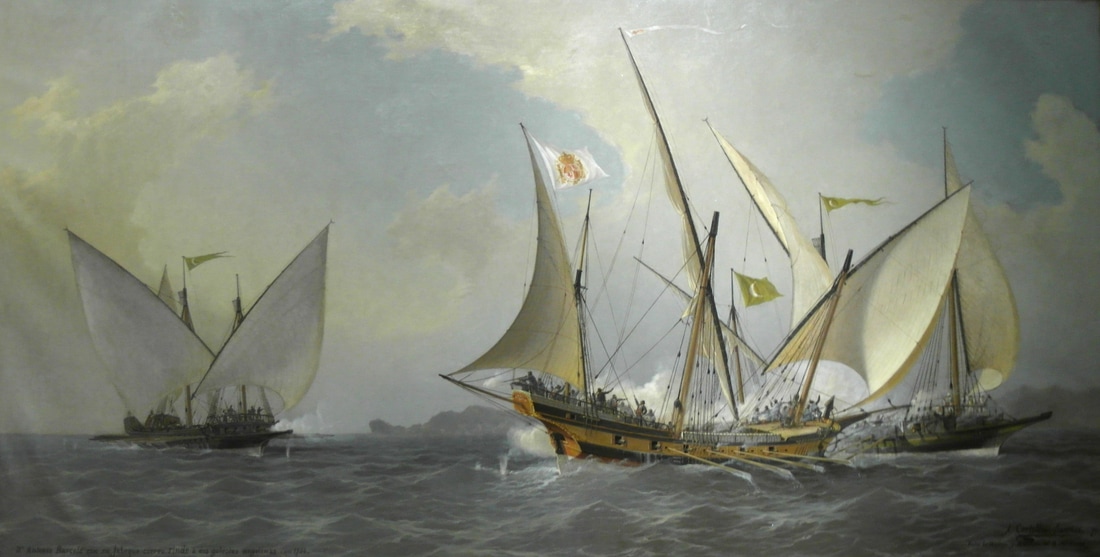
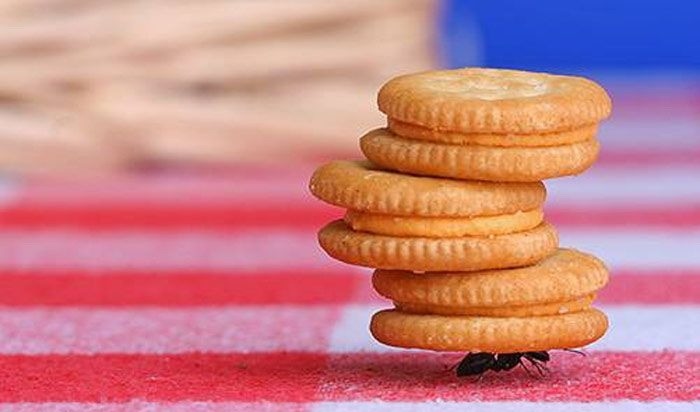
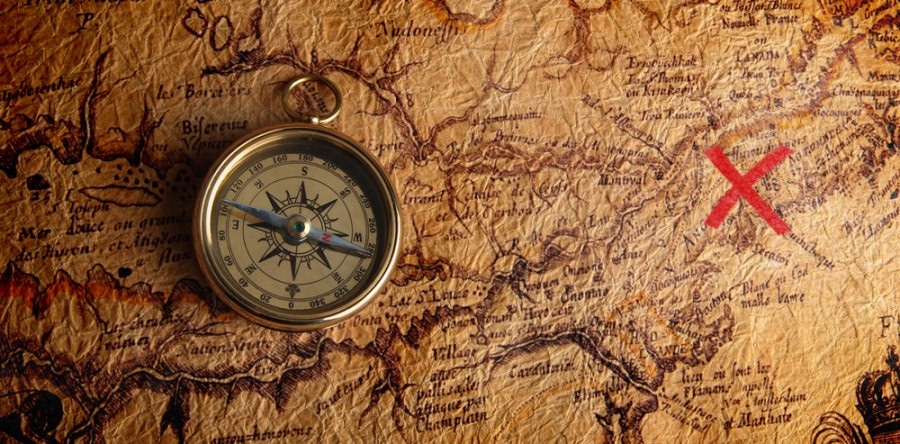
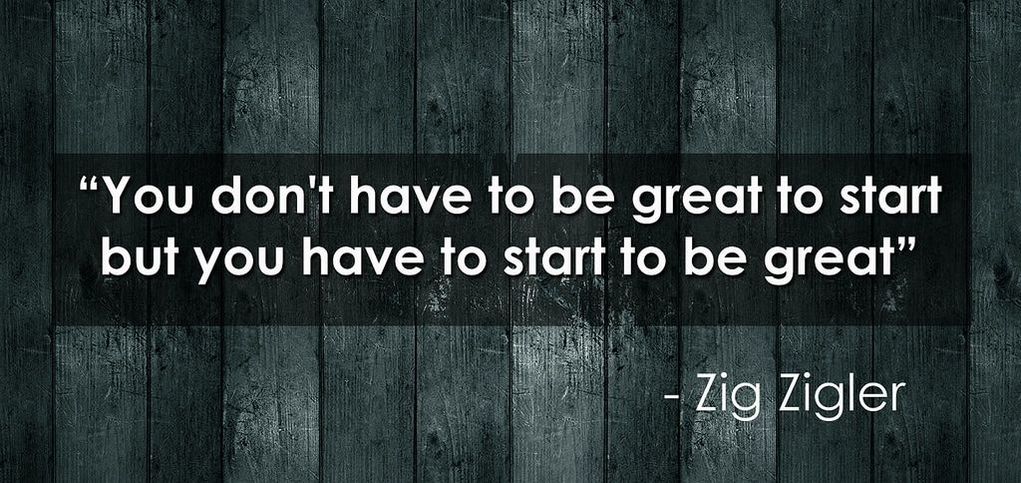
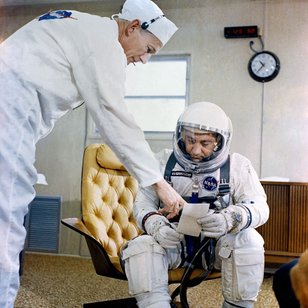
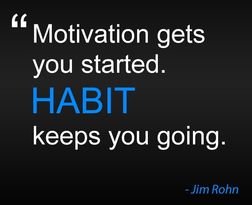
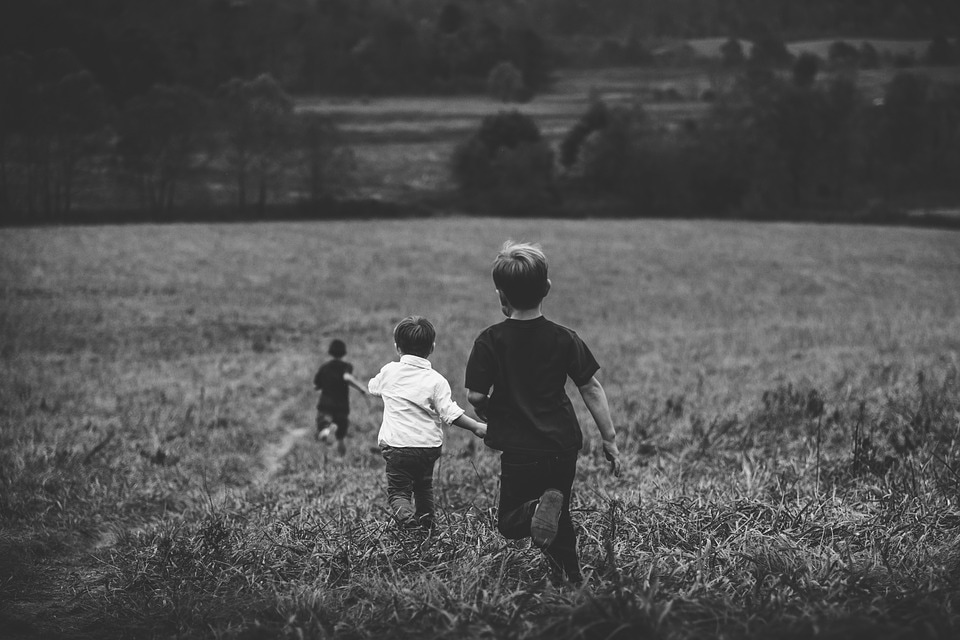
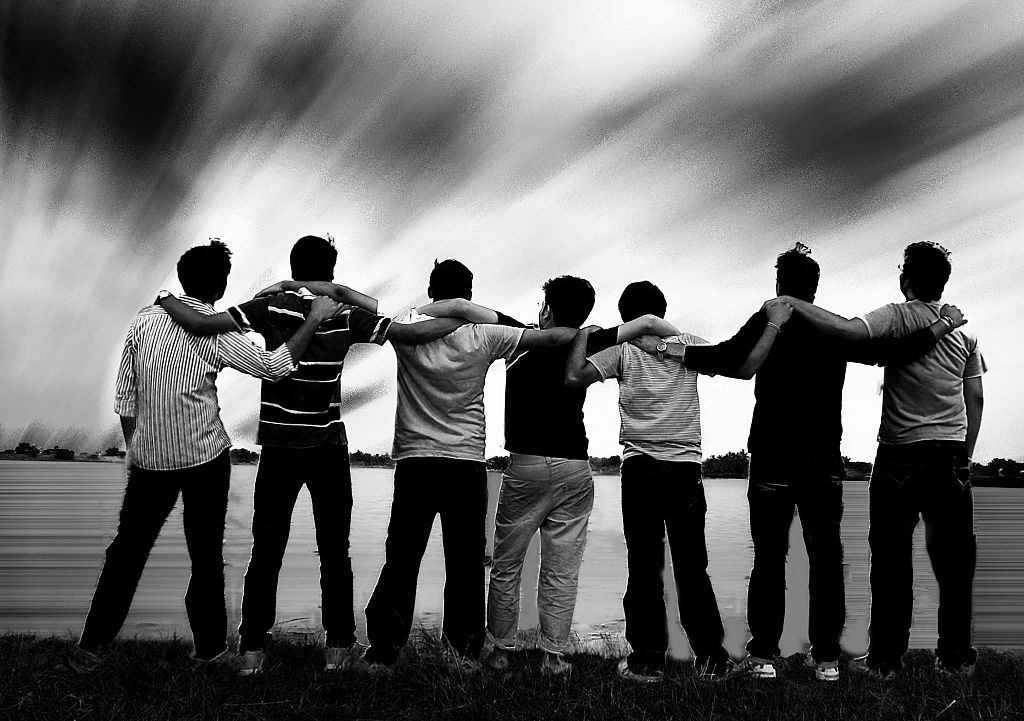
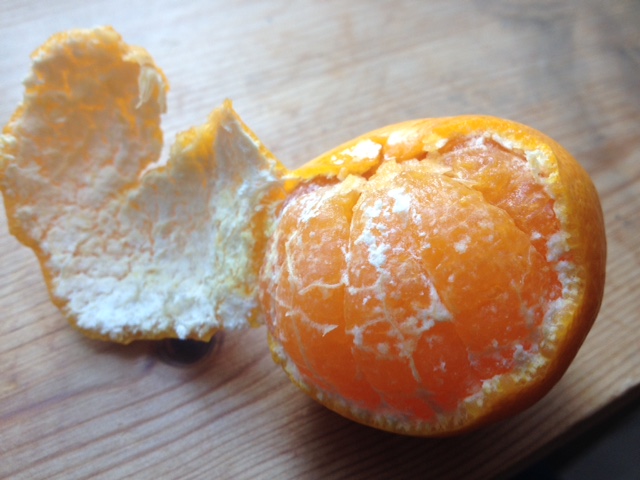
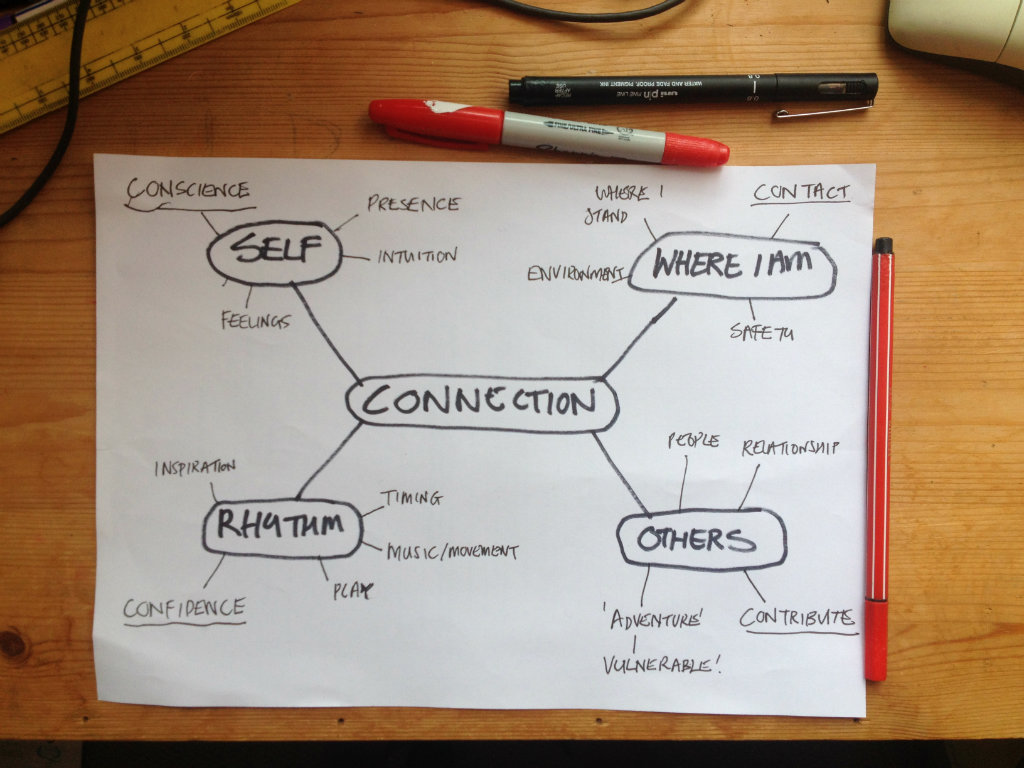
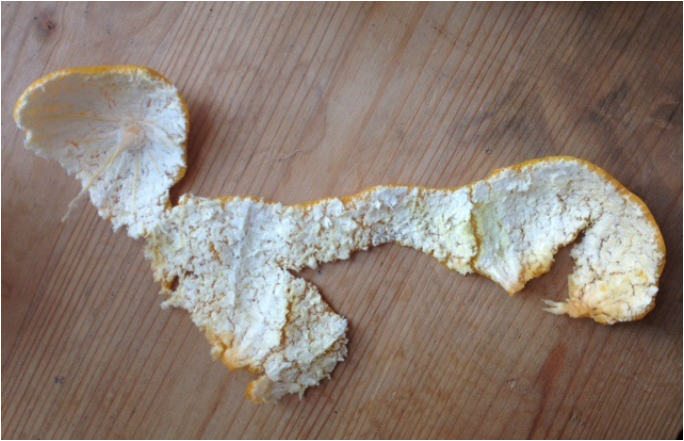
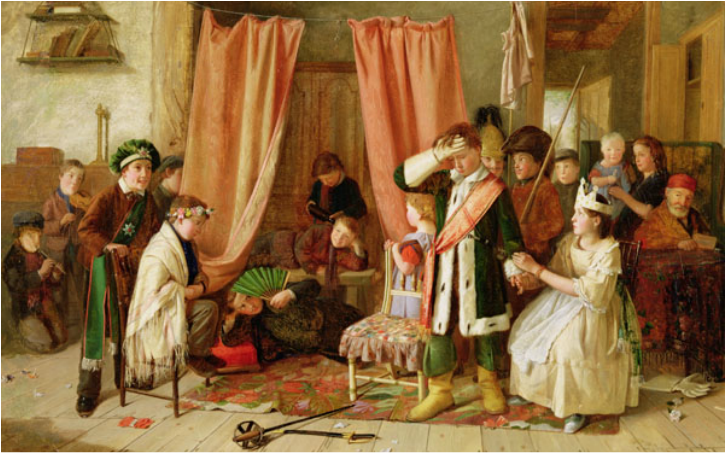
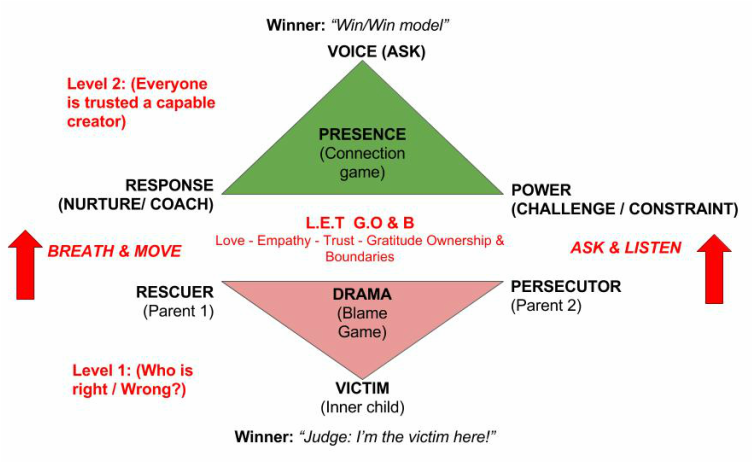
 RSS Feed
RSS Feed